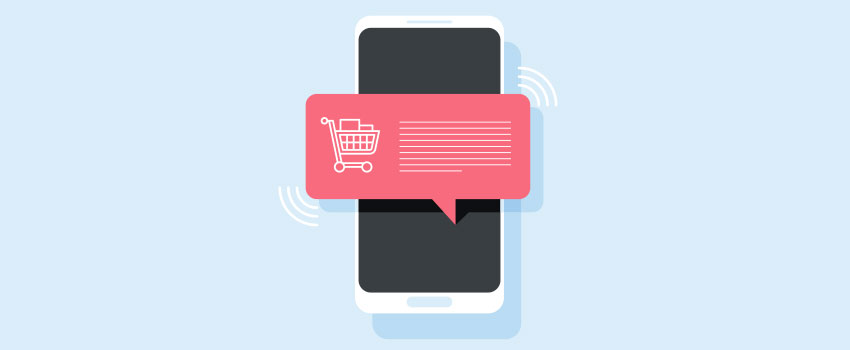
The Truth Behind The Most Common Web Push Notification Myths
Though new, web push notifications have skyrocketed over the past few years to become a high converting marketing channel that has allowed online businesses of all sizes to increase their sales. Though there are a growing number of businesses adapting to web push and using it as one of their marketing channels, there remains a lot of misconception regarding what web push notification really is.
We’re here to change all of that.
Below are some of the most prevalent web notification myths out there and the truth behind them:
1. Implementation is Difficult
Many businesses are afraid of trying out web push notifications because they have reason to believe that it’s difficult to implement. This is not true. It can take a lot of time and resources to implement it on your website as a marketing tool, especially if you are doing it alone, but it is doable.
Because of the number of service providers out there who already have the necessary coding available, all you need to do is to copy-paste JavaScript into your website and it’s all set.
Anyone who has access to a website can implement web push notification in a few short minutes.
2. Push Notifications Are Generally Frowned Upon
There’s some truth behind this; many users feel that push notifications are annoying and a bit too intrusive. However, this only applies to campaigns implemented without proper planning.
If websites send push notifications too often or deliver unimportant information or use it solely to promote themselves, then it’s only natural for users to feel negatively towards them. You can change that.
Focus on creating push notification campaigns revolving around improving user experience, not ruining it. Remember, users don’t really hate push notifications, they just don’t want to receive notifications that are useless. So long as the information you push through is relevant, then you’re all good.
3. Push Notifications Are Not Effective
Website push notification conversion rates are different depending on the industry, but the marketing tool is generally effective.
Click-through rates (CTR) often hover around the 20-30% mark, which is good, regardless of the industry. For huge websites, even just 20% of conversion is huge, because that means tens of thousands of on a regular basis. Even better, as the subscriber list grows, web push notifications become even more effective as it becomes the number one tool for businesses to establish unobstructed communication with their customers.
A few years into its introduction into the market, the major desktop browsers – Chrome, Firefox, and Safari – now feature support for web push notifications. And because these three browsers make up about 73% of all the market share combined, web push notifications have the potential to reach out to as many as 7 out of 10 people browsing the internet at any given time.
4. Web Push Notifications Require an App To Work
This is a misconception that definitely needs straightening out. Because although mobile push notifications do require a mobile app, website push notifications do not.
Unless you’re adamant about using mobile push notifications, you don’t need to develop an app for your website or business. You can deliver them to your users via their browsers. All you need to do is to ask users to opt-in to become part of your list and you can then send them push notifications anytime you please.
5. Visitors Can Only Receive Notifications If They’re On The Website
This is not true. Just like users don’t need to be using a particular app to receive mobile push notifications, website visitors don’t need to open up the website for you to send them web push notifications.
Once a user has opted in, users can receive push notifications anytime. The only time a visitor needs to be on the website is for you to send them the opt-in permission form. Other than that, they could be doing anything they want and still receive web push notifications.
Web push notifications are now one of the top marketing channels. This is why every business owner or marketer has to understand what exactly it is and how it works.